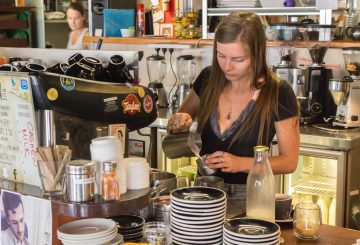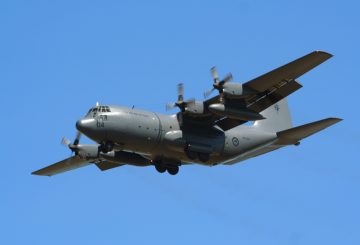1년 전 내각 회의를 통해 국경 봉쇄로 인해 떨어진 가족들의 재결합을 위한 계획을 승인했지만, 추후 이 계획은 불필요하다고 밝혔다.
지난달 발표된 이 문서에 따르면 지난 7월 기준, 해외에서 떨어져 지내고 있는 배우자 및 자녀 약 14,000명이 예외적 입국 허가를 받지 못했다.
크리스 파포이(Kris Faafoi) 이민부 장관은 당시 “적격한 임시 취업 비자를 소지한 모든 이들의 배우자 및 부양 가족이 뉴질랜드에 입국 할 수 있도록 예외를 둘 것을 제안한다”고 표명했다.
이 서류는 내각이 2021년 7월 12일 입국 설정 변경에 동의했음을 보여준다. 그러나 자가격리시설(MIQ)의 자리 부족으로 인해 위 결정을 한 달 간 연기했다.
2021년 9월 30일, 정부는 최대 165,000명의 이민자들에게 “일회성” 거주 허가를 발표했다.
내각은 이에 대해 “대부분 근로자들은 거주 신청의 일환으로 적격 배우자 및 부양 가족을 뉴질랜드로 데려올 수 있기 때문에 해외 가족 재결합을 위한 예외적 입국 조치는 더이상 불필요하다”고 결정했다.
그러나 국경 봉쇄로 가족과 떨어진 사람들 중 다수는 “일회성 거주 허가”를 받지 못했다고 보고됐다.
변화된 조치와 관련해 캠페인을 벌여온 케이티 암스트롱(Katy Armstrong) 이민 관련 자문가는 처리하는 과정에서 지연이 있었고 많은 가족들이 우선권을 받지 못했다고 말했다.
암스트롱씨는 뉴질랜드에 온가족이 함께 있는 경우 또는 독신의 경우보다 해외에 가족이 있는 경우 더 오랜 처리 시간이 걸렸다고 밝혔다. “각료보고서 발표 시기도 투명성 부족이 지속되고 있음을 시사했다”고 덧붙였다.
“왜 밍기적대고 있는가? 벌써 1년이 지났다. 충격적이다. 시간이 멈춘 것 같다. 정보를 공개하면 된다. 그렇게 되면 잡음도 덜 것이고 자연스럽게 지나갈 일이다. 지난 2월부터 국경이 다시 열렸고, 자가격리시설(NIQ) 역시 더이상 필요하지 않음에도 불구하고 여전히 해외에 있는 가족들은 뉴질랜드로 입국하지 못하고 있다.”






























































